June 19, 2025 | 04:20 GMT +7
June 19, 2025 | 04:20 GMT +7
Hotline: 0913.378.918
June 19, 2025 | 04:20 GMT +7
Hotline: 0913.378.918
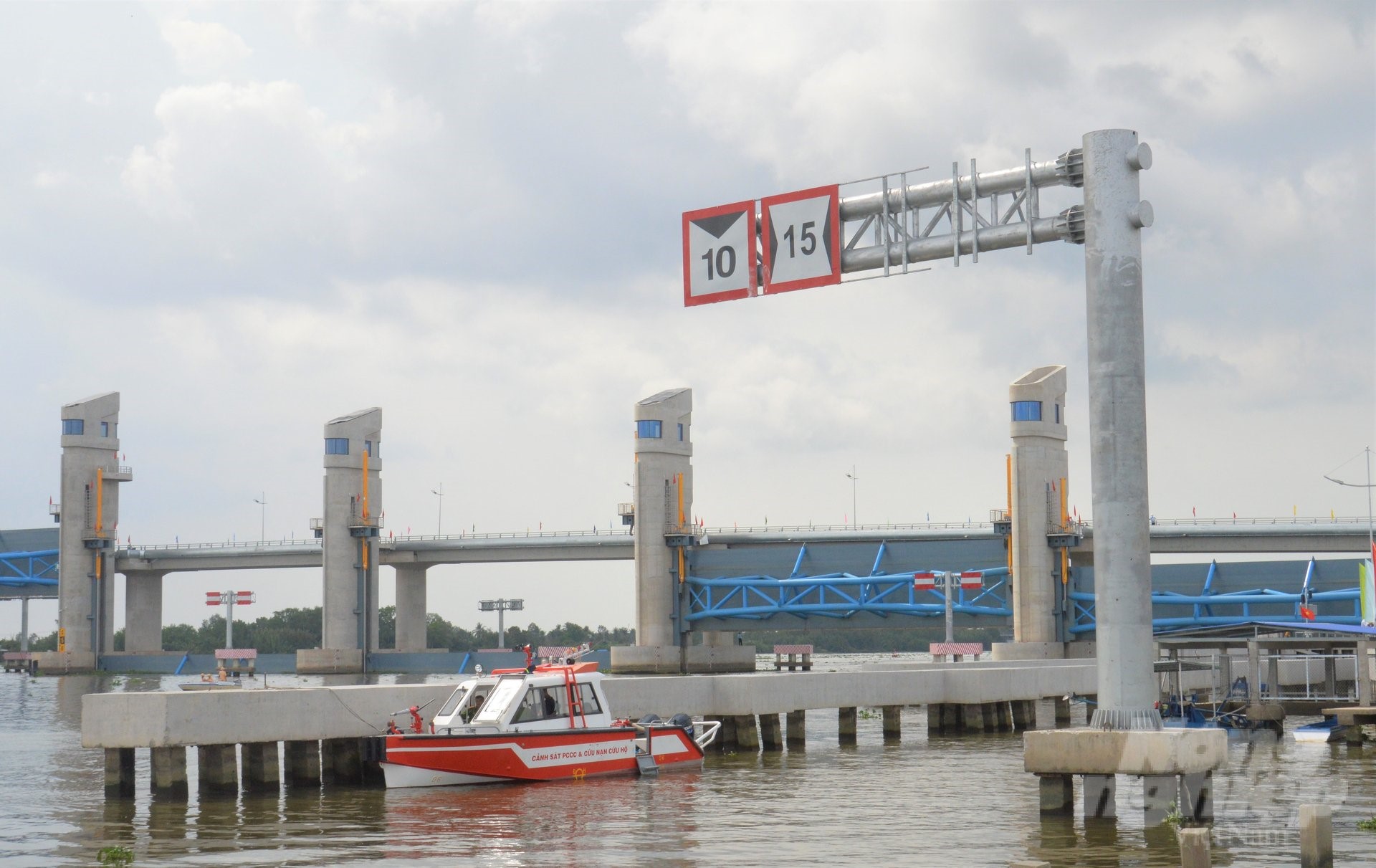
From September 25-28, the Cai Lon - Cai Be sluice project cluster was hold operational rehearsals for closing gates and dividing flows to regulate water traffic through the lock. Photo: Trung Chanh.
According to Mr. Nguyen Viet Anh, Director of Southern Irrigation Exploitation One Member Company Limited, from September 25-28, the company coordinated with localities and relevant units to conduct drills on gates of the Cai Lon - Cai Be sluice cluster and dividing flows to regulate and guide water traffic through locks of Cai Lon, Cai Be, and Xeo Ro sluices in the rainy season of 2023.
The rehearsal location is Binh An commune, Chau Thanh district, and Hung Yen and Tay Yen A communes, An Bien district, Kien Giang province, within the scope of the Cai Lon sluice project, and the vicinity of the sluice’s upstream and downstream about 1km on each side, and the scope of the Cai Be sluice, Xeo Ro lock, and the vicinity about 0.5km on each side.
The rehearsal contents include buffer drainage operations and supporting downstream flooding reduction in case of adverse effects, such as storms or tropical depressions, heavy rain, strong wind, flooding, and high tides, possibly happening in 2023 and the following years.
Specifically, on September 25, the operation will respond to unfavorable cases due to heavy rain and upstream and on-farm flooding that cause a high increase in the on-farm water level. At the same time, when a tropical depression affecting the area is forecasted, it is necessary to operate structures to support buffer drainage and reduce flooding in the east and downstream.
On September 26, the operation will respond to the case of supporting drainage when there were special weather and hydrological conditions, heavy rain, upstream and on-farm flooding, and highly increasing on-farm water that caused flooding. Besides, when high tides occur, affecting the area, it is necessary to operate structures to absolutely protect the production area.
From September 27-28, local drainage of the fields and reduction of flooding upstream and downstream of the construction area will be operated. Due to prolonged and widespread heavy rain, on-farm water levels have highly increased, causing flooding and affecting summer-autumn, autumn-winter rice production, aquaculture in some areas, and flooding downstream of structures.
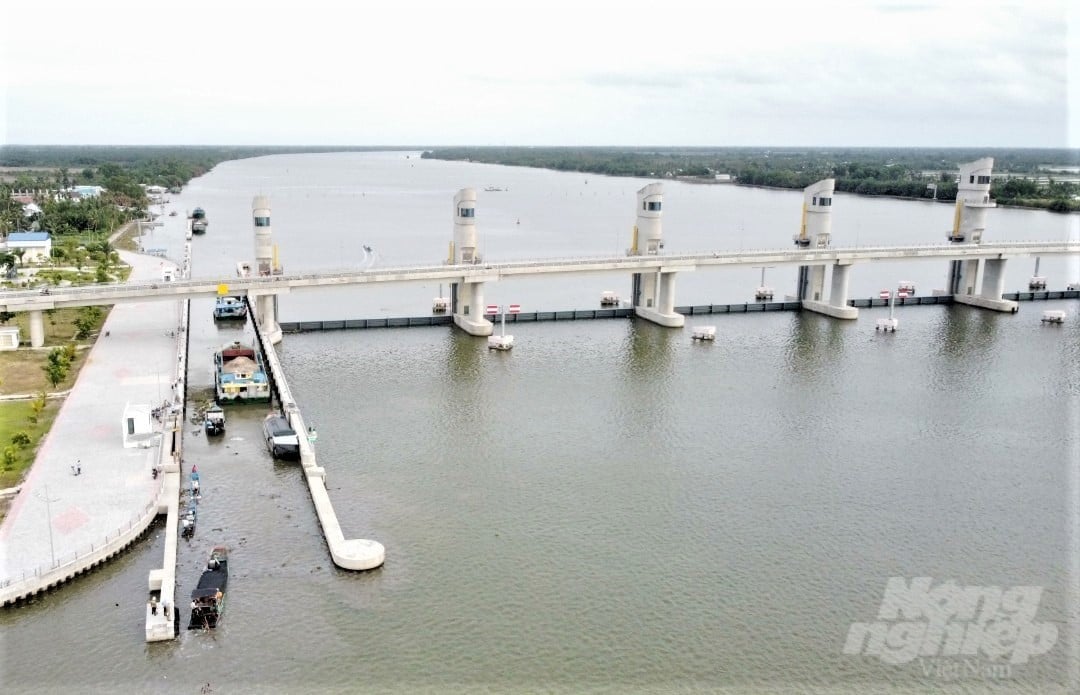
The Cai Lon - Cai Be sluice project cluster was conducted drills on buffer water drainage, supporting downstream flooding reduction in case of adverse effects, such as storms or tropical depressions, heavy rain, strong wind, flooding, and high tides, possibly happening in 2023 and the following years. Photo: Trung Chanh.
With forecasts of complicated weather, climate, and hydrological developments in the 2023 flood season, it is highly possible to have to operate the Cai Lon, Cai Be, and Xeo Ro sluice clusters in the case of "Operation when occurring tropical depression, storm, and heavy rain" stipulated in Article 15 of the Operational Process of the Cai Lon-Cai Be irrigation system. This aims to reduce downstream flooding at the sea and in the east due to high tides accompanied by heavy rain, support drainage operations, or increase drainage support for areas in the project area.
Therefore, in order to proactively operate projects to respond to climate change and the hydro-meteorological situation of the 2023 flood season and ensure good service for agricultural production, aquaculture, and economic livelihood in the project area, operational drills of the Cai Lon-Cai Be sluice cluster are very necessary.
After the drill, a meeting was held to preliminarily evaluate the results of the rehearsal operation of the Steering Committee at the headquarters of the Mekong Delta Branch and complete the models corresponding to the operational scenarios in order to review, supplement, update, and perfect the Operational Process of the Cai Lon - Cai Be irrigation system.
The Cai Lon - Cai Be project is a sluice gate system project in the Mekong Delta that aims to control salinity, resolve conflicts between coastal aquaculture areas and agricultural production areas, fight the effects of climate change, and provide fresh water in Kien Giang, Hau Giang, and Bac Lieu provinces in the Cai Lon - Cai Be river basin;
Cai Lon Sluice Gate is located 2.1 km upstream from Cai Lon Bridge. The sluice is categorized as Grade I hydraulic work (based on QCVN 04-05:2012/BNNPTNT), including the main components: sluice gate, lock, bridge, connecting road, downstream and upstream embankments, operation house, a canal connecting the two embankments, landscape, and lighting system.
Cai Be Sluice Gate is located 1.9 km upstream from Cai Be Bridge. The main components of this sluice are similar to those of the Cai Lon sluice, but the Cai Be sluice has a smaller scale and is categorized as Grade II hydraulic work (based on QCVN 04–05: 2012/BNNPTNT).
Translated by Huyen Vu Thu
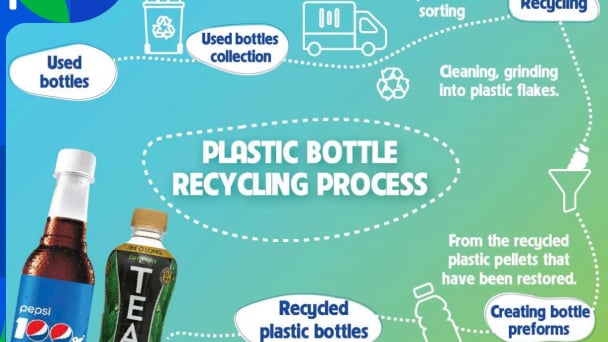
(VAN) To address plastic pollution, closing the plastic recycling cycle will bring significant economic and environmental benefits.
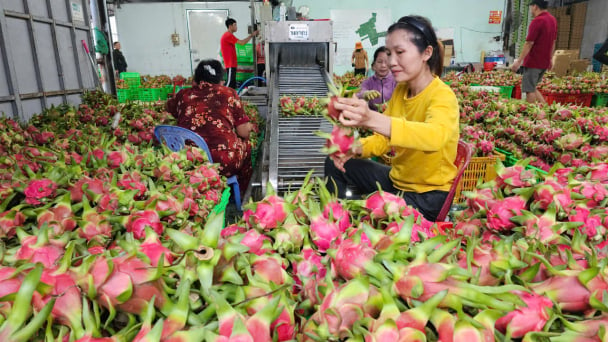
(VAN) According to the Binh Thuan Department of Industry and Trade, in the first five months of 2025, Binh Thuan's dragon fruit export turnover increased by 20.65% compared to the same period last year.
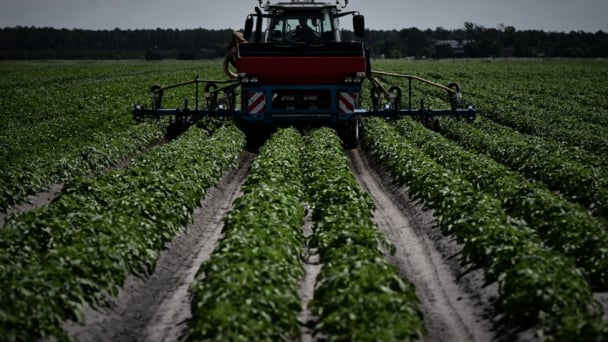
(VAN) EU countries on Thursday gave final approval to new tariffs on fertilizer imports from Russia, a move aimed at cutting off revenue that could support Moscow’s war in Ukraine, despite concerns from European farmers.

(VAN) The working delegation from the Ministry of Agriculture and Environment conducted an important trip to the Netherlands to strengthen strategic partnerships and sustainable development in the agricultural sector.

(VAN) The letter ‘A Plea from the Ocean’ not only evokes emotion but also awakens the human conscience to the responsibility of protecting life on Earth.

(VAN) The Department of Agriculture in South Africa has announced the country’s first mass vaccination of poultry to prevent local birds from contracting avian influenza.

(VAN) Establishment of the Mekong Delta Regional Agricultural Linkage Center, aiming for a closed value chain, deep processing, trading platforms, and international market connectivity.